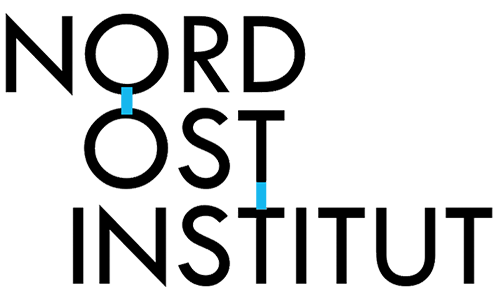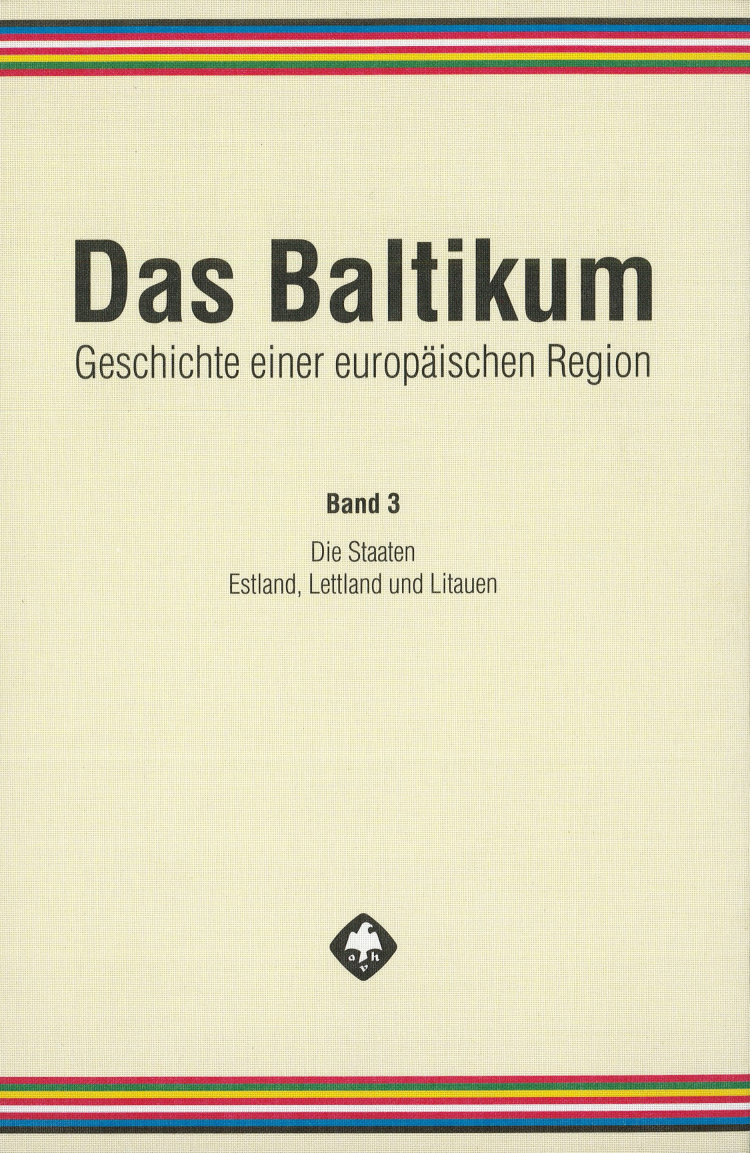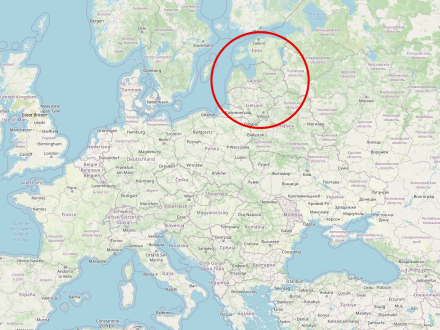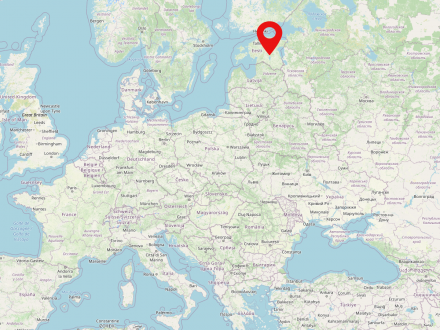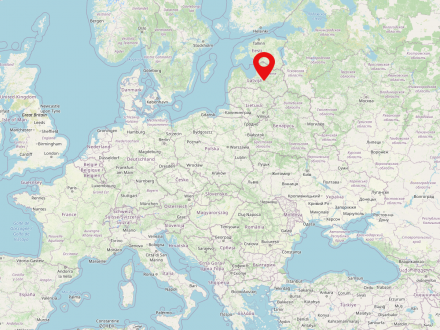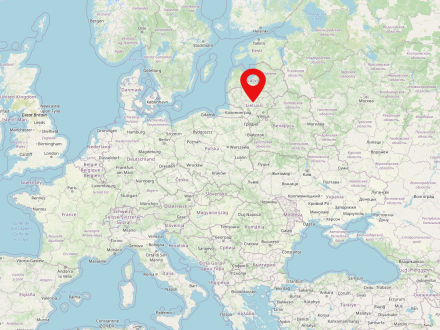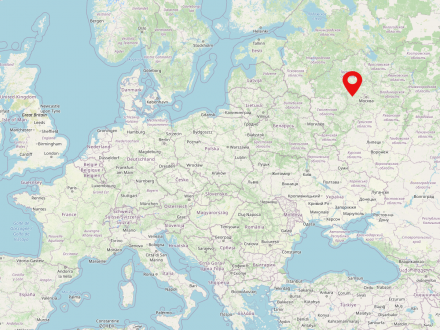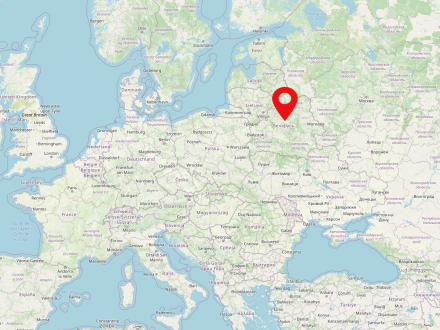The Baltic States is a region in the north-east of Europe and is composed of the three states Estonia, Latvia and Lithuania. The Baltic States are inhabited by almost 6 million people.
Estonia is a country in north-eastern Europe and geographically it belongs to the Baltic States. The country is inhabited by about 1.3 million people and borders Latvia, Russia and the Baltic Sea. The most populated city and capital at the same time is Tallinn. Estonia has been independent since 1991 and is a member of the European Union.
Latvia is a Baltic state in the north-east of Europe and is home to about 1.9 million inhabitants. The capital of the country is Riga. The state borders in the west on the Baltic Sea and on the states of Lithuania, Estonia, Russia and Belarus. Latvia has been a member of the EU since 01.05.2004 and only became independent in the 19th century.
Lithuania is a Baltic state in northeastern Europe and is home to approximately 2.8 million people. Vilnius is the capital and most populous city of Lithuania. The country borders the Baltic Sea, Poland, Belarus, Russia and Latvia. Lithuania only gained independence in 1918, which the country reclaimed in 1990 after several decades of incorporation into the Soviet Union.
Poland is a state in Central Eastern Europe and is home to approximately 38 million people. The country is the sixth largest member state of the European Union. The capital and biggest city of Poland is Warsaw. Poland is made up of 16 voivodships. The largest river in the country is the Vistula (Polish: Wisła).
The Russian Federation is the largest territorial state in the world and is inhabited by about 145 million people. The capital and largest city is Moscow, with about 11.5 million inhabitants, followed by St. Petersburg with more than 5.3 million inhabitants. The majority of the population lives in the European part of Russia, which is much more densely populated than the Asian part.
Since 1992, the Russian Federation has been the successor state to the Russian Soviet Republic (Russian Socialist Federative Soviet Republic, RSFSR), by far the largest constituent state of the former Soviet Union. It is also the legal successor of the Soviet Union in the sense of international law.
Belarus is a state in eastern Europe inhabited by about 9.5 million people. The capital and most populous city of the country is Minsk. After the disintegration of the Soviet Union in 1991, the state is independent. Belarus borders Ukraine, Poland, Lithuania, Latvia and Russia.
